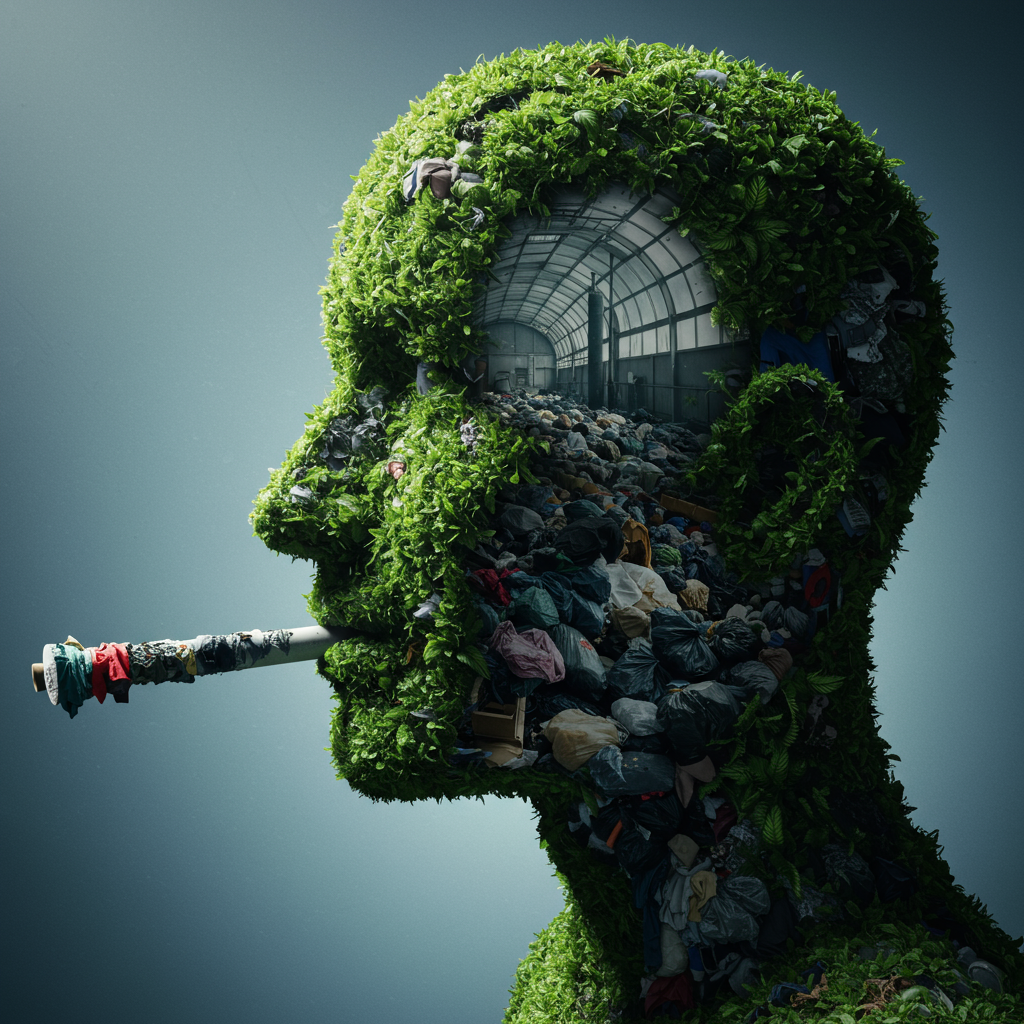The intersection of green marketing and the used goods industry is creating a seismic shift in how businesses operate and connect with consumers. Imagine a ripple effect of what starts as a small eco-conscious decision blossoms into widespread change, benefiting both the planet and people. This is the magic we witness every day at 2HB.
Let’s embark on a journey through the landscape of green marketing, showcasing how sustainability and trust are transforming industries, one eco-friendly step at a time.
The Business Case for Green Products
Picture this: a bustling marketplace where customers eagerly choose products that not only serve their needs but also honor their environmental values. Green products aren’t just protecting the planet; they’re reshaping the marketplace. Research reveals that customers are willing to pay more for products with genuine eco-friendly credentials, validating a crucial business insight sustainability sells.
Patagonia Case Study: Enter Patagonia, a brand synonymous with environmental stewardship. Their “Worn Wear” program is a beacon of circular economy principles, encouraging consumers to buy, repair, and resell used clothing. This initiative doesn’t just enhance their reputation; it drives their revenues. In 2022, Patagonia reported a notable surge in profits, proving that customers are drawn to brands that prioritize quality and purpose.
Ikea Case Study: Next, let’s visit Ikea, where sustainability meets innovation. Ikea has woven recycled materials into its product lines and launched the “Buy Back & Resell” initiative. This transparent approach has not only strengthened customer trust but also opened new revenue streams. Among eco-conscious younger consumers, their green efforts have directly translated into improved market performance.
These stories underscore a powerful truth: trust, built through transparent green marketing, is the key to unlocking both financial and environmental gains.
Legislative Drivers: The U.S. and Canada Lead the Charge
As the narrative of green marketing unfolds, it’s propelled by legislative forces in the U.S. and Canada, nudging businesses towards more sustainable practices.
Canada’s Single-Use Plastics Ban and Bill C-59 Imagine a world without single-use plastics. Canada is steering us in that direction through the Single-Use Plastics Prohibition Regulations, which ban certain plastic items like cutlery and checkout bags. Companies are now pivoting towards reusable or recycled materials, making the used goods industry an essential ally in meeting these new mandates. Also, recently, in November 2023, the government introduced Bill C-59, the Act to implement the Fall Economic Statement, which includes some considerations that aim to improve greenwashing regulations through the Competition Act.
U.S. Textile Waste Reduction Laws Crossing the border to the U.S., states like California and New York are championing stricter waste management laws. Take the California Garment Recycling Act, for instance it mandates manufacturers to incorporate recycled textiles into their production. Such regulations amplify the need for businesses to source sustainable raw materials, spotlighting the used goods industry as a critical partner.
Extended Producer Responsibility (EPR) Programs EPR programs in both countries are holding manufacturers accountable for the entire lifecycle of their products, including end-of-life management. This shift compels businesses to rethink their approach to surplus and waste, underscoring the importance of green partnerships.
Tackling Waste in the Used Goods Industry
While the used goods industry is inherently more sustainable, it still faces its own waste challenges. Let’s explore how we can minimize waste within this sector:
- Enhanced Sorting and Processing: By improving sorting technologies, we can ensure that more items are accurately identified for reuse, recycling, or repurposing, reducing the amount that ends up in landfills.
- Consumer Education: Educating consumers about proper disposal and the benefits of donating or reselling items can increase the flow of goods into the reuse market rather than the waste stream.
- Collaborative Initiatives: Partnering with other industries and companies to develop innovative solutions for reusing materials can lead to more efficient waste management.
- Regulatory Support: Advocating for policies that support the growth and development of the used goods market can help create a more sustainable framework for managing waste.
The Danger of Greenwashing
As green marketing gains traction, a troubling phenomenon called greenwashing emerges. Greenwashing occurs when companies deceptively promote their products as environmentally friendly without making substantive, sustainable changes. This undermines genuine efforts and erodes consumer trust.
How to Spot Greenwashing:
- Vague Claims: Be wary of products labeled with generic terms like “eco-friendly” or “natural” without specific details.
- Lack of Transparency: Genuine green marketing provides clear, verifiable information about the product’s environmental impact.
- False Certifications: Ensure that eco-labels and certifications are from reputable organizations and not self-awarded.
2HB: Redefining the Role of Green Marketing
At 2HB, we’re not just participants in the circular economy; we’re trailblazers. We empower our subsidiaries to collaborate with recycling pioneers and eco-conscious brands, offering high-quality raw materials sourced from preloved goods. This ensures that businesses can meet and exceed their sustainability goals.
Our strategy is anchored in transparency and innovation, fostering trust with consumers and partners alike. Through our green marketing efforts, we highlight:
- Our tangible environmental impact, such as waste diverted from landfills.
- Collaborative success stories with eco-conscious brands.
- Metrics that demonstrate sustainability and profitability can coexist harmoniously.
Call to Action: Let’s Build a Greener, More Prospering Future
For businesses dedicated to authenticity in their green claims, 2HB is your partner in progress. By sourcing recycled textiles and surplus inventory, you can reduce costs, adhere to legislative demands, and connect with eco-conscious consumers. Together, we’ll transform your green marketing from a mere message into a powerful movement backed by measurable impact.

